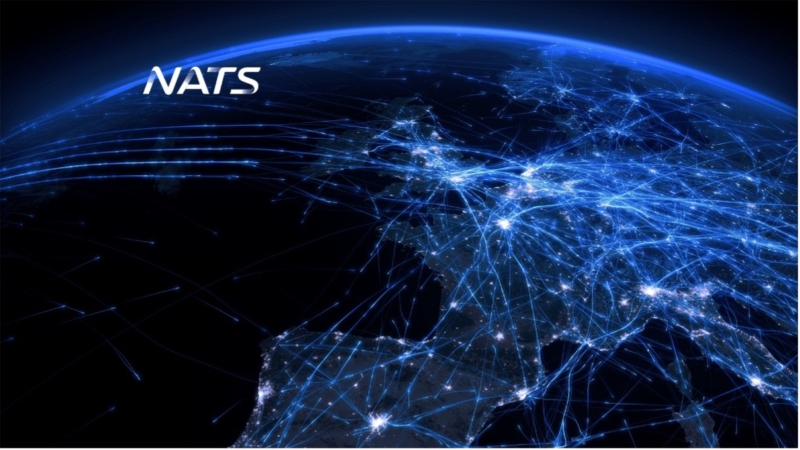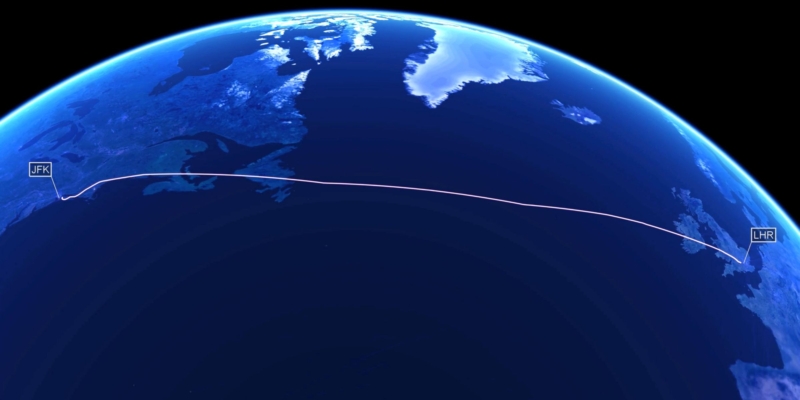Trialling an upgrade to one of the busiest routes in UK airspace
22 December 2023A complex airspace trial, first proposed over a decade ago, is now under way in a first step to freeing up a long standing bottleneck in one of our busiest cross border routes.
Cross Border Area 1, a project involving six European ANSPs as well as the French and Belgian military, has reduced a military training area above the English Channel and Calais region by over a third. This means that when it is now activated, there will be much less of an impact to civil ATC sectors, minimising delays during busy periods.
The trial for the new reduced training area is for one year, with the option to extend it for a further year if required. Throughout the trial window the update will be regularly reviewed to ensure it is operating as expected and if successful, the intent is to make the changes permanent.
The latest iteration of the project started in earnest in October 2022 and has been coordinated by Maastricht Upper Area Control to bring about change and improvement to civil sectors, which are impacted by Cross Border Area 1 activity. With all the affected civil and military centres involved in this change, there has been a high level of coordination and collaboration across our borders to agree procedures surrounding the activation and use of the new military training area.

Diagram shows the new (trial) Cross Border Area 1 in bold red overlaid on existing Cross Border Area 1 as faint outline.
As a former Channel air traffic controller working the airspace adjacent to this military training area, I can really appreciate the benefit that this trial is aiming to bring about. This includes the reduction of the operational impact on our capacity when these areas are activated, as well as maintaining safety in the network.
There have been various initiatives going back a long time to try and agree a change in this area. Thanks to this latest effort involving all civil and military partners, we have now helped implement a totally redesigned military area. Subject to a successful trial bringing about a permanent change to the airspace, we will continue to improve what is a very busy interface with Europe, giving much needed increased future network efficiency.
In February 2024, as part of this same project, we’re also supporting Maastricht with the introduction of a new flight plannable direct route to a reporting point called SASKI (a point within Sector 14 in the Clacton region). This will provide more accurate flight plan conformance within Maastricht’s airspace which then aids traffic presentation to the UK.
While these might appear to be straightforward changes, the UK’s southeast airspace, and that of our nearest neighbours, is some of the most complex in the world. The benefits of improved routings to and from Europe cannot be overstated and are just part of our continued airspace modernisation programme which has delivered a reduction of over 50,000 tonnes of CO2 in UK airspace over the past two years. There’s lots more to come and we’re looking forward to continuing to drive forward a challenging but crucial pathway to modernise the way our airspace is structured and delivering the benefits it will bring.
Comments
Please respect our commenting policy and guidelines when posting on this website.



